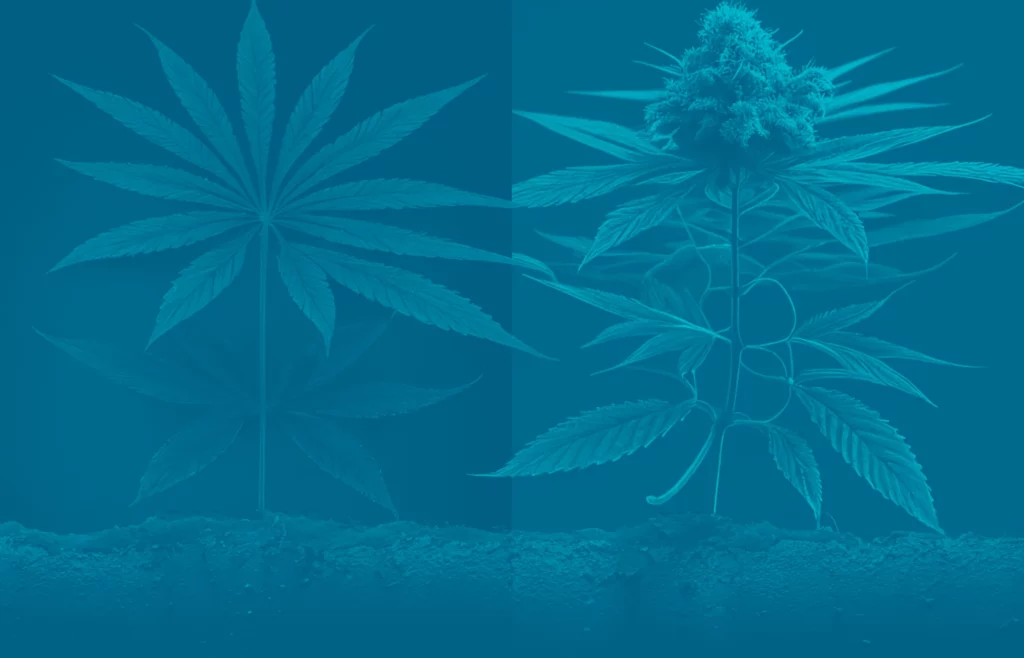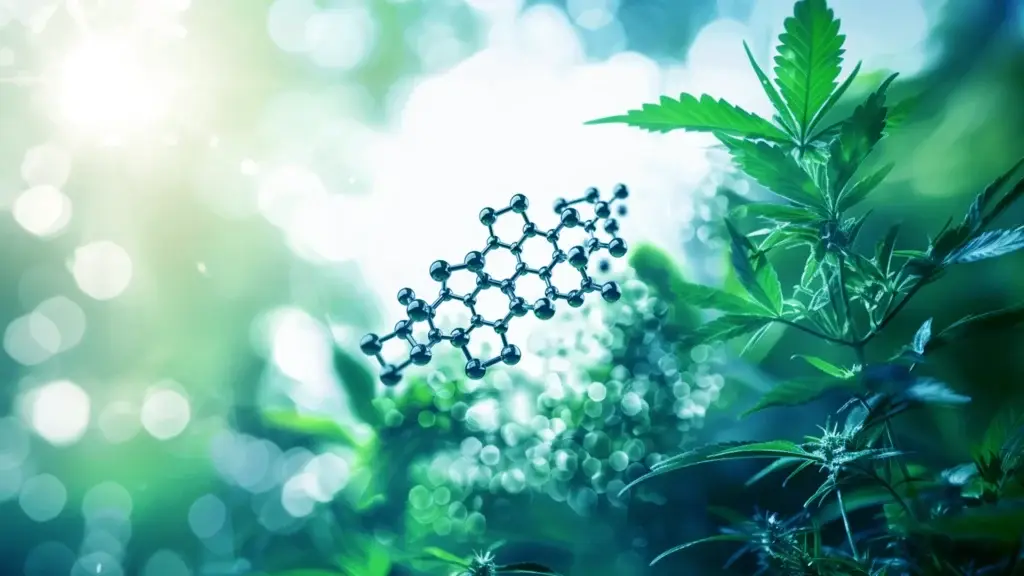When exploring the world of cannabis, it’s essential to understand the distinctions between hemp and marijuana, particularly concerning THC (tetrahydrocannabinol). THC is the psychoactive compound responsible for the psychoactive “high” commonly associated with cannabis use. In this blog post, we will delve into the differences between hemp and marijuana, shedding light on their unique characteristics and regulatory implications.
Botanical Differences Between Hemp and Marijuana
Hemp and marijuana are two varieties of the cannabis plant, Cannabis sativa, but they differ in their chemical composition and physical characteristics. Hemp is primarily cultivated for industrial purposes and contains low levels of THC. In order to be recognized as hemp by the 2018 US Farm Bill, cannabis plants must contain no more than .3% THC to be classified as hemp. On the other hand, marijuana is cultivated for its high THC content, which is sought after for recreational or medicinal use.
Source: US Department of Agriculture – Hemp vs. Marijuana – CBD vs. THC: Differences, benefits, and effects (medicalnewstoday.com)
THC Levels
The primary distinction between hemp and marijuana lies in their THC content. Hemp is legally defined as cannabis containing no more than 0.3% THC on a dry weight basis. This low THC content makes hemp non-intoxicating and ensures that hemp-derived products, such as CBD, do not produce psychoactive effects. In contrast, marijuana typically contains much higher levels of THC, ranging from 5% to 30% or more.
Legal and Regulatory Considerations
Due to its low THC content, hemp has been federally legalized in many countries, including the United States under the 2018 Farm Bill. This legislation removed hemp from the Controlled Substances Act and allowed for its cultivation, processing, and commercialization. Marijuana, however, remains classified as a Schedule I substance in the US, leading to various legal restrictions at the federal level.
Source: National Conference of State Legislatures – State Medical Marijuana Laws
Applications and Uses
Hemp and marijuana have distinct applications and uses. Hemp is utilized in various industries, including textiles, construction materials, biofuels, and nutritional supplements. Additionally, hemp-derived CBD products have gained significant popularity in the wellness market. Marijuana, on the other hand, is primarily sought after for its recreational and medicinal properties.
CBD and THC Ratios
Another important difference between hemp and marijuana THC is the ratio of CBD (cannabidiol) to THC. Hemp generally contains higher levels of CBD compared to THC, whereas marijuana is cultivated to produce high levels of THC with varying CBD content. This disparity in cannabinoid profiles contributes to the different effects and potential therapeutic applications associated with hemp-derived CBD and marijuana.
Source: Frontiers in Plant Science – Cannabis Sativa: The Plant of the Thousand and One Molecules
Conclusion: Understanding the differences between hemp THC and marijuana THC is crucial for navigating the cannabis industry and comprehending the regulatory landscape.
By differentiating cannabis between hemp and marijuana THC, businesses like Mile High Labs can offer compliant and high-quality hemp-derived products to meet consumer needs. As the cannabis industry continues to evolve, staying informed about these distinctions empowers both companies and consumers to make informed decisions and embrace the vast potential of this expanding market.
For a wide range of CBD products derived from compliant hemp, visit Mile High Labs and explore their offerings.
Subscribe on LinkedIn


